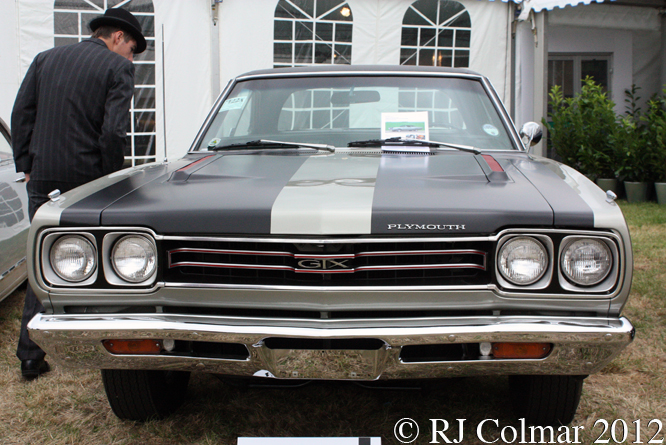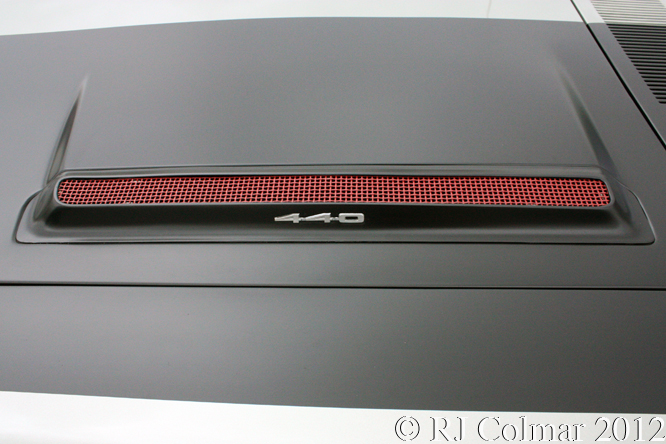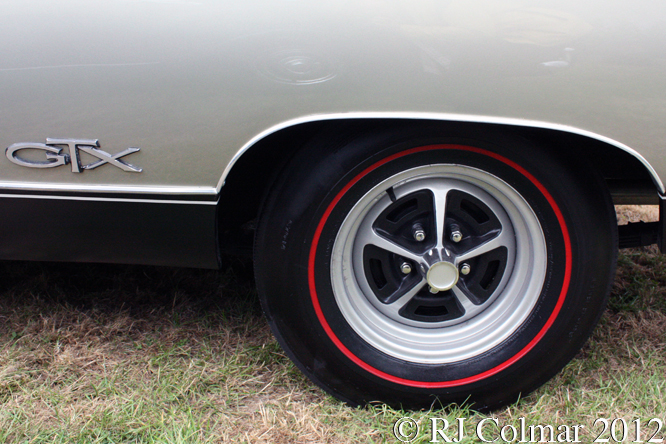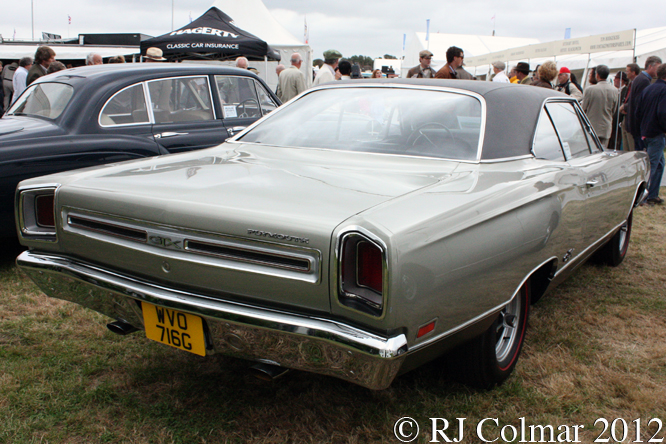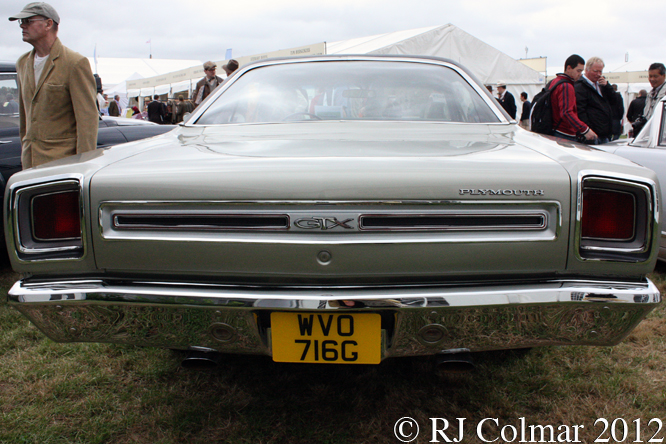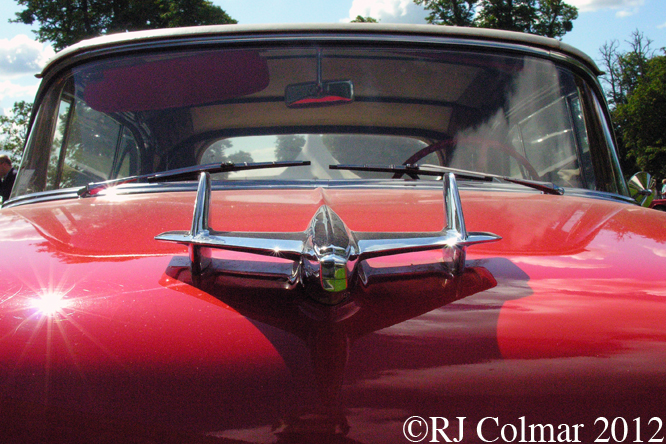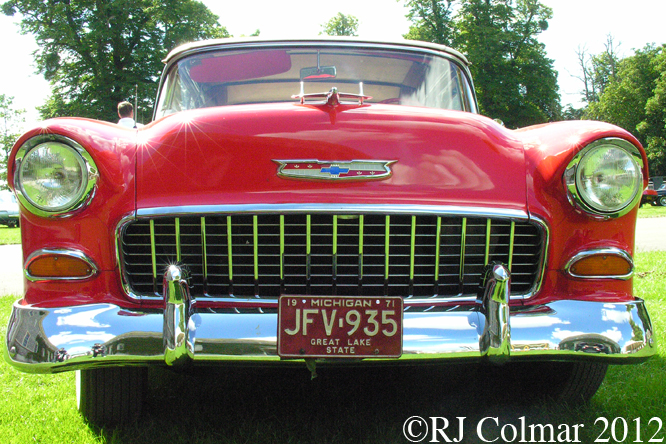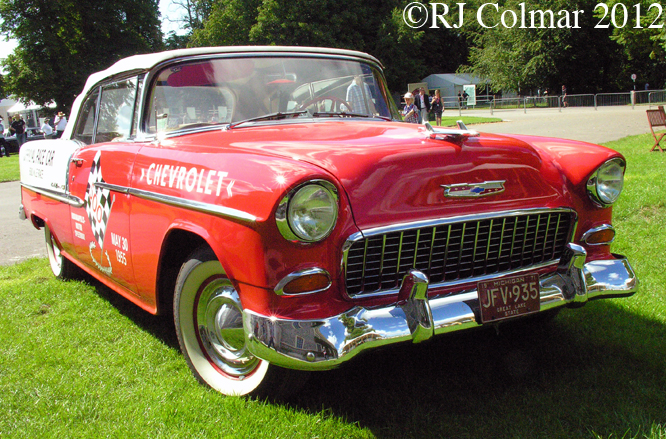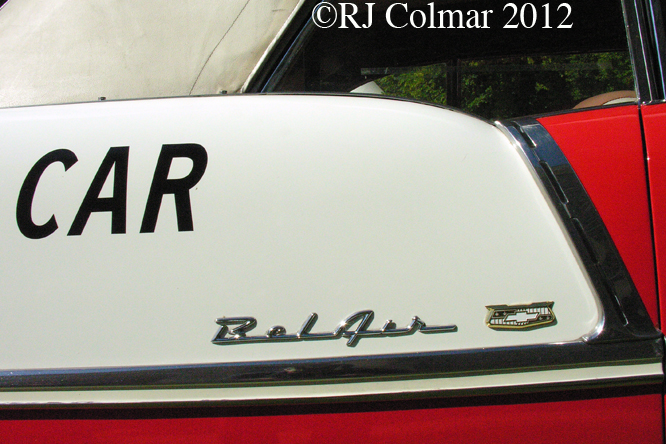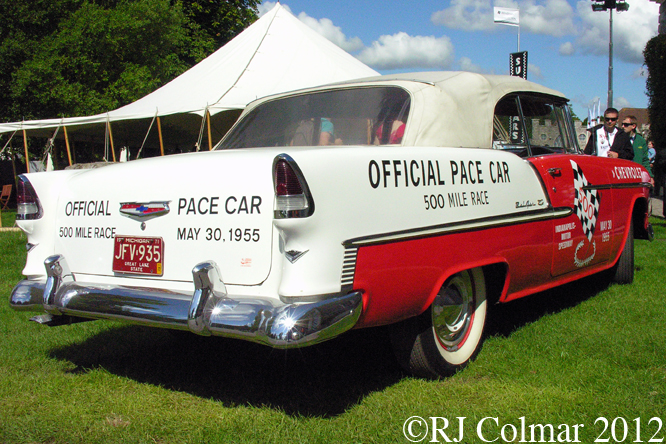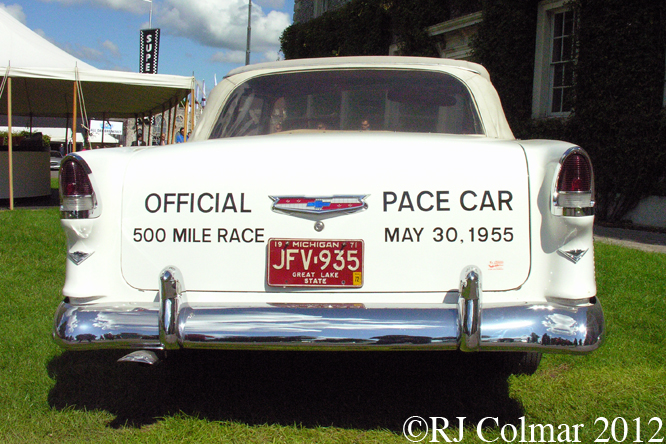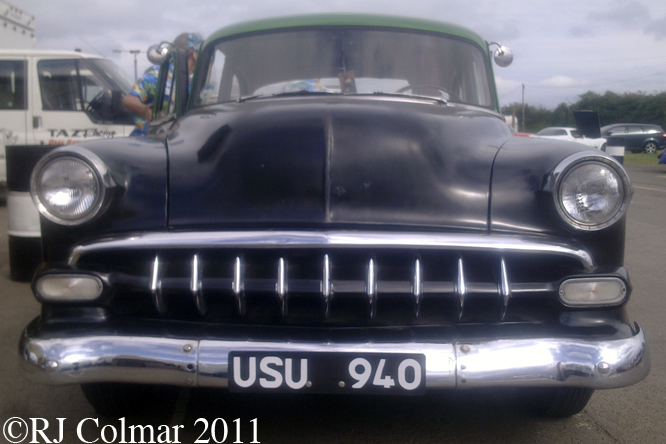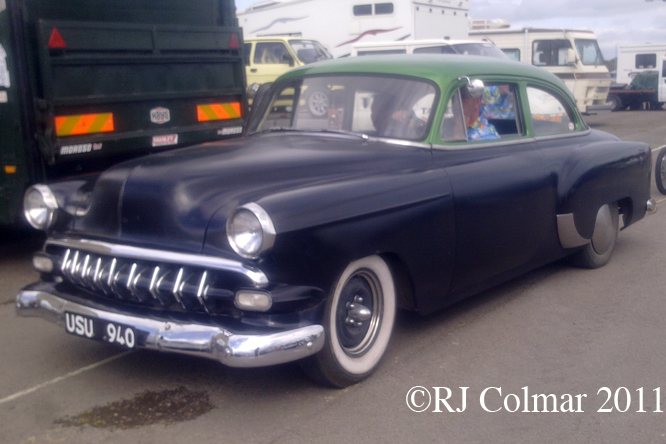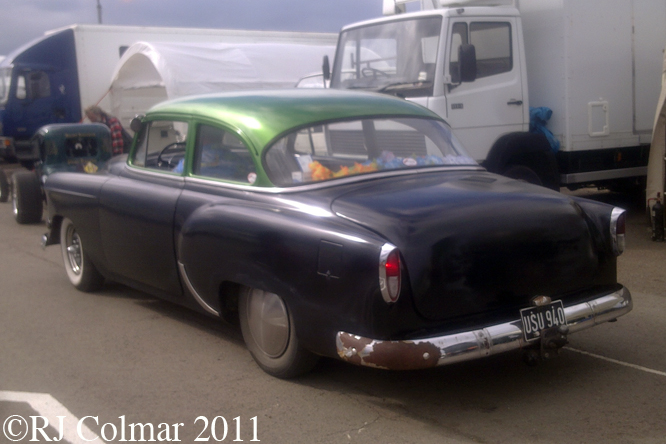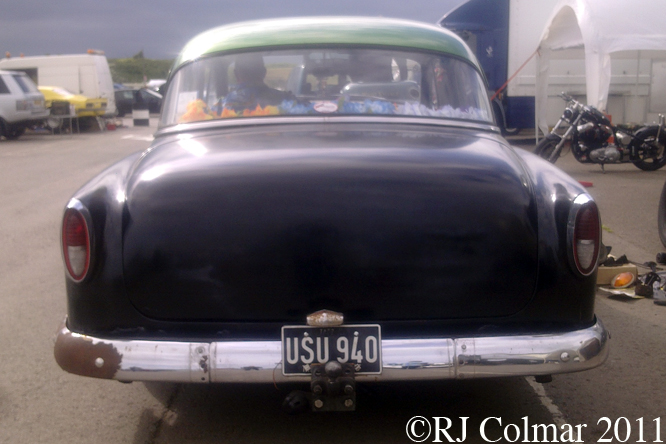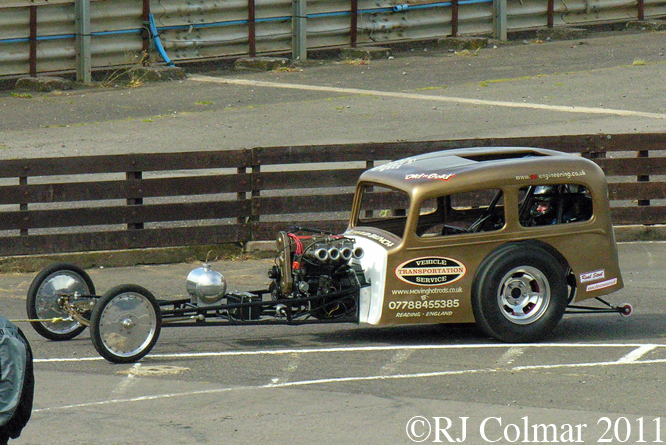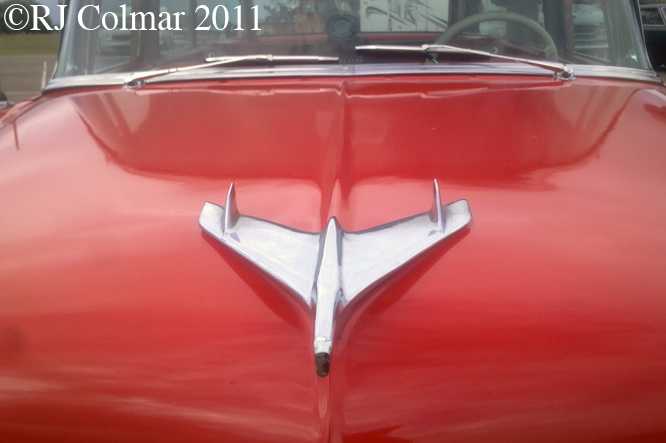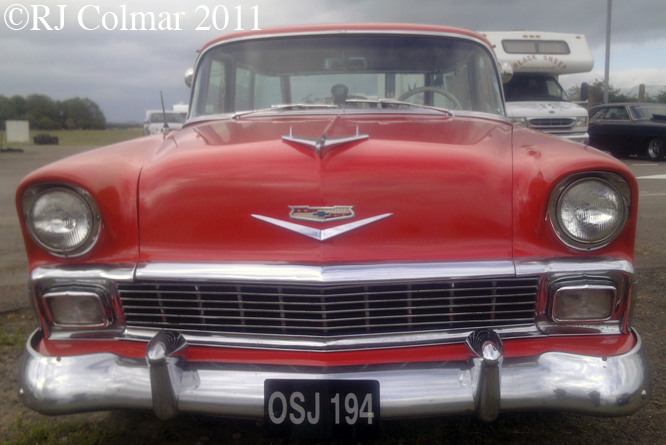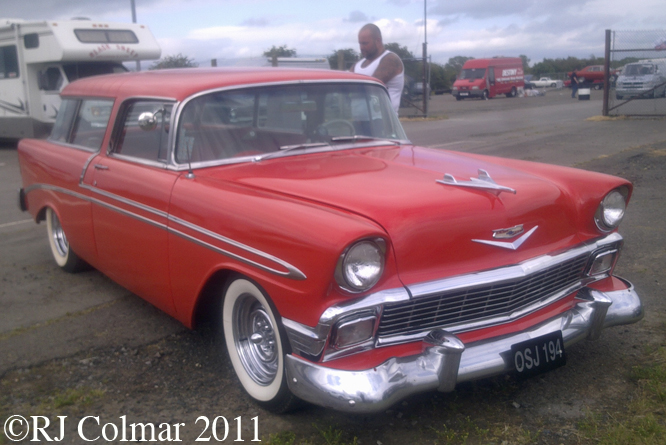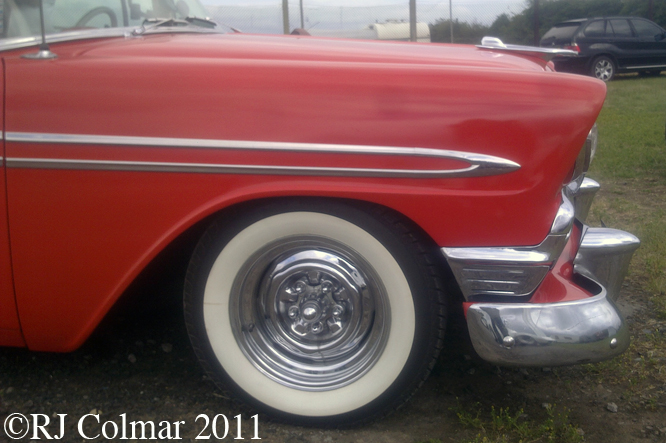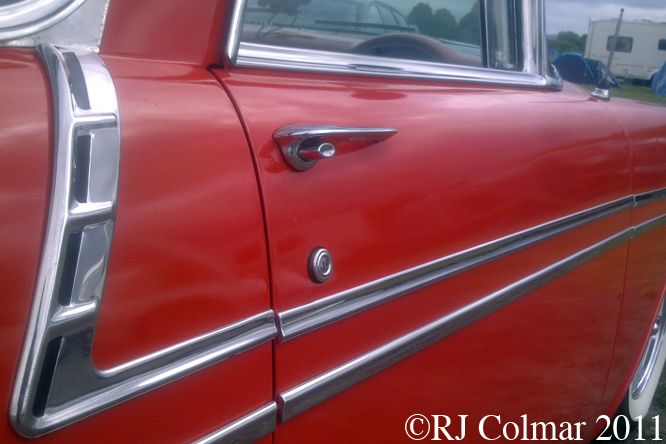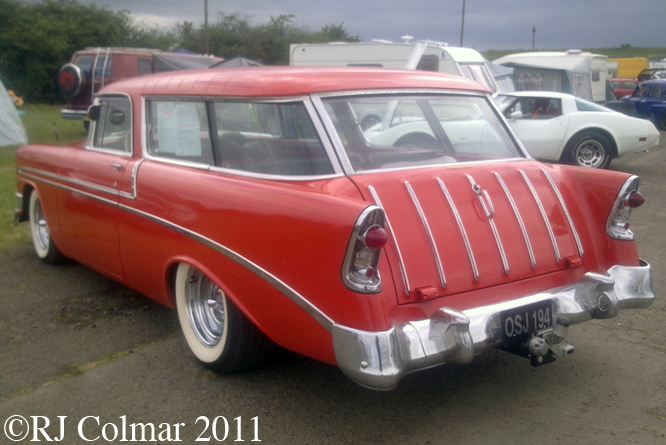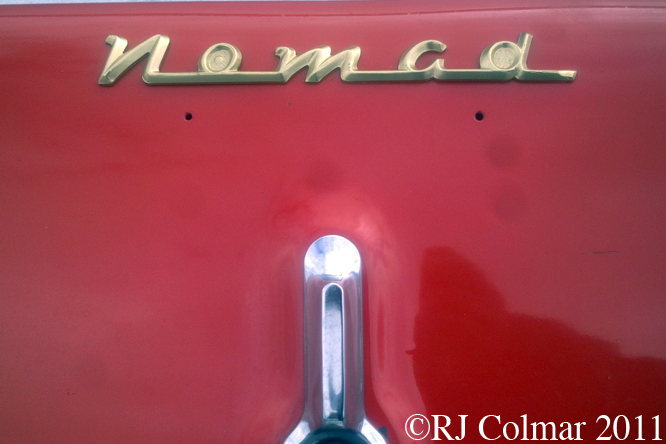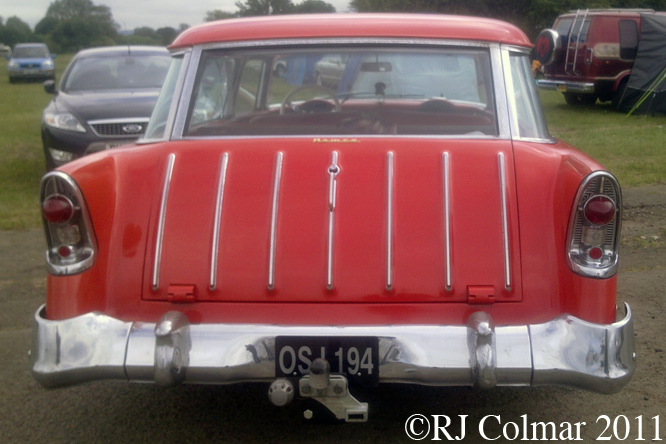In 1954 vice president of engineering at General Motors Oliver K Kelly called Packards head of Research and Development John DeLorean to offer him a choice of jobs across the five divisions on General Motors. DeLorean who at the time also had the choice of moving to Studebaker with whom Packard had just merged settled on becoming assistant to chief engineer Elliot ‘Pete’ Estes at Pontiac.

By 1963 John had become chief engineer at Pontiac, and Estes had become general Manager when they together with engine specialist Russell Gee and chassis engineer Bill Collins convinced the GM management to let them offer a $296 performance package on the Pontiac LeMans Coupé and Convertible body stiles that included a 325 hp 6.4 litre / 389 cui V8 motor normally found in the full size Pontiac Catalina and Bonneville models, from whence the ‘Wide Track’ strap line was born and named it GTO a name John picked up from the Ferrari 250 GTO.
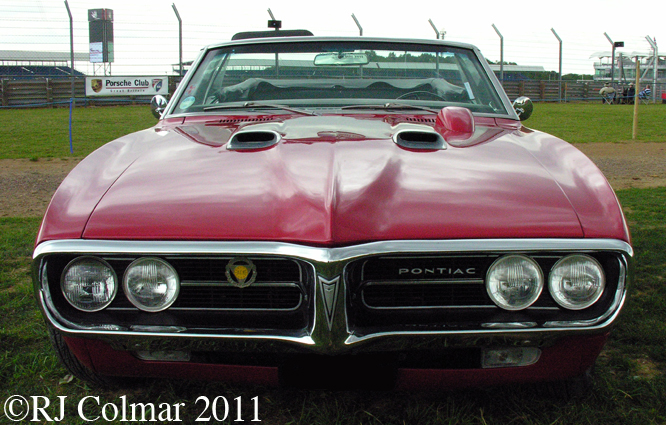
The Pontiac GTO with initial production limited to 5,000, by a disbelieving Pontiac Sales Manager Frank Bridge, was an instant hit with Ronnie and the Daytonas, the youth market at which it was aimed and GM Management. The GTO was responsible for transforming the image of the brand from an ‘aunties car’ to a youth orientated performance brand with over 32, 000 units built in 1964.
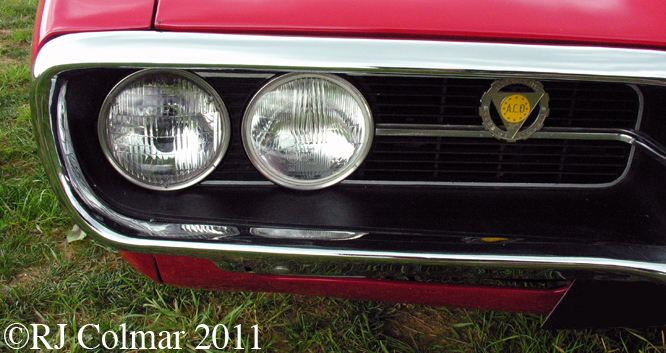
As the GTO was launched John DeLorean moved on to the development of the Pontiac Banshee a concept car to compete with the Chevrolet Corvette which was killed by GM’s top management. DeLorean seen as Pontiacs golden boy was promoted to head of the entire Pontiac division and given the consolation task of turning the Chevrolet Camaro into a Pontiac Pony Car with the proviso that there could be no alterations to the sheet metal except to the front and rear panels.
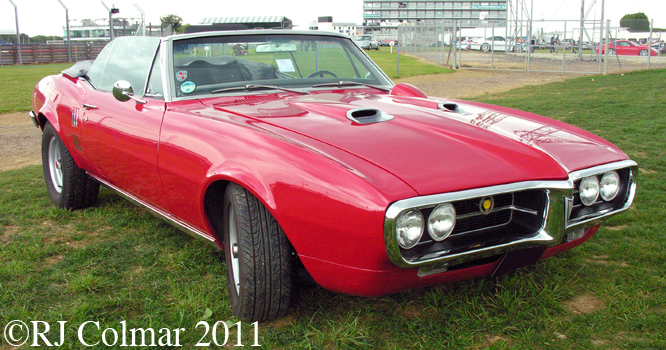
By incorporating a signature Pontiac split grill with built in bumper at the front and a version of the rear strip lights seen on the two Banshee concept cars the Pontiac Pony car was easily distinguishable from it’s Chevrolet sibling, Having failed to acquire the Banshee naming rights from rocket scientist Eugene F. Lally, who had successfully raced a Corvette powered special of the same name, for less than ¢50 per car, the name Firebird which had been previously used by GM on three seriously out landish gas turbine concept cars, was eventually adopted for the Pontiac pony car.
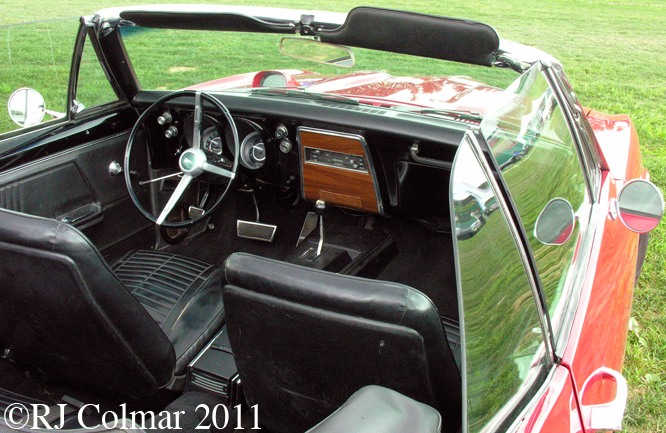
The absence of marker lights, Federally mandated in 1968, and the E suffix on the registration plate confirm this as most likely one of the five variations of the 1967 model line up.
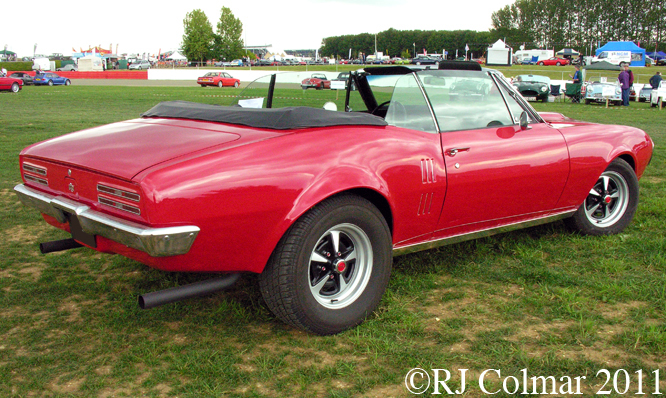
The Ram Air bonnet / hood suggests this car had the top of the range 6.6 litre / 400 cui motor installed when it left the factory.

Just over 100,132 1967 Firebirds are thought to have been manufactured of which 9,980 were convertible.
Thanks for joining me on this Wide Track Country edition of ‘Gettin’ a lil’ psycho on tyres’, I hope you will join me again tomorrow. Don’t forget to come back now !
